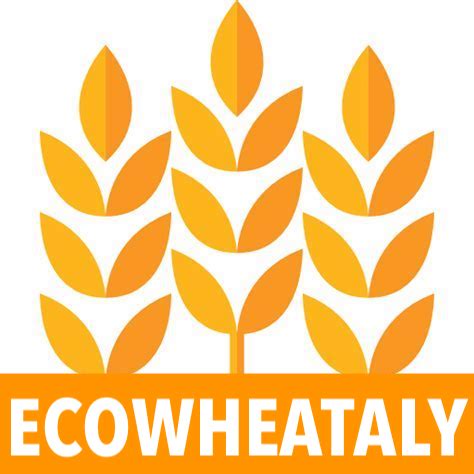Wheat is one of the most important cereals worldwide, serving as a staple food for billions of people and a cornerstone of the global agricultural economy. Its production is influenced by numerous factors, including climate, agricultural policies, international trade, and new technologies.
1. Production and Major Growing Areas
Wheat is cultivated on almost every continent, with the highest concentration in the following areas:
- China: The world’s largest producer, with an annual production of over 130 million tons.
- India: The second-largest producer, primarily focused on domestic consumption.
- Russia: One of the leading exporters, with an average production of 85-90 million tons.
- USA and Canada: Producers of high-quality soft and durum wheat, with a strong export orientation.
- EU (France, Germany, Poland, Italy, etc.): France leads in European wheat production, while Italy specializes in durum wheat for pasta.
2. Production and Climate
Wheat is highly sensitive to climate variations. Major challenges include:
- Drought and heatwaves, which reduce both yield and grain quality.
- Excessive rainfall, which can promote fungal diseases such as fusarium head blight.
- Extreme weather events (late frosts, storms, floods) that can severely damage crops.
The adoption of more resilient wheat varieties, regenerative agricultural practices, and efficient irrigation techniques are crucial strategies for ensuring production stability.
3. Market and Prices
Wheat prices are determined by a combination of factors:
- Global demand: Population growth and the increasing demand for processed foods influence the market.
- Weather conditions in producing countries: Adverse climate events can drive up global prices.
- Trade policies: Sanctions, tariffs, and export restrictions (such as those imposed by Russia) have a significant impact.
- Financial speculation: Commodity exchanges (such as the CBOT in Chicago and MATIF in Paris) play a key role in price volatility.
4. Exports and Imports
The international wheat trade involves major exporters and importers:
- Major exporters: Russia, EU, USA, Canada, Australia.
- Major importers: China, Egypt, Indonesia, Turkey, Bangladesh.
Geopolitical tensions (such as the war in Ukraine) and logistical factors (transportation costs, the Red Sea crisis) can significantly alter global trade flows.
5. Challenges and Future Outlook
The future of agriculture must address several challenges:
- Sustainability: Reducing chemical fertilizer use, adopting conservation agriculture, and improving water efficiency.
- Technological innovation: Digitalization, precision farming, and genetic improvement.
- Regulatory changes: National and international agricultural policies influence production and distribution.

